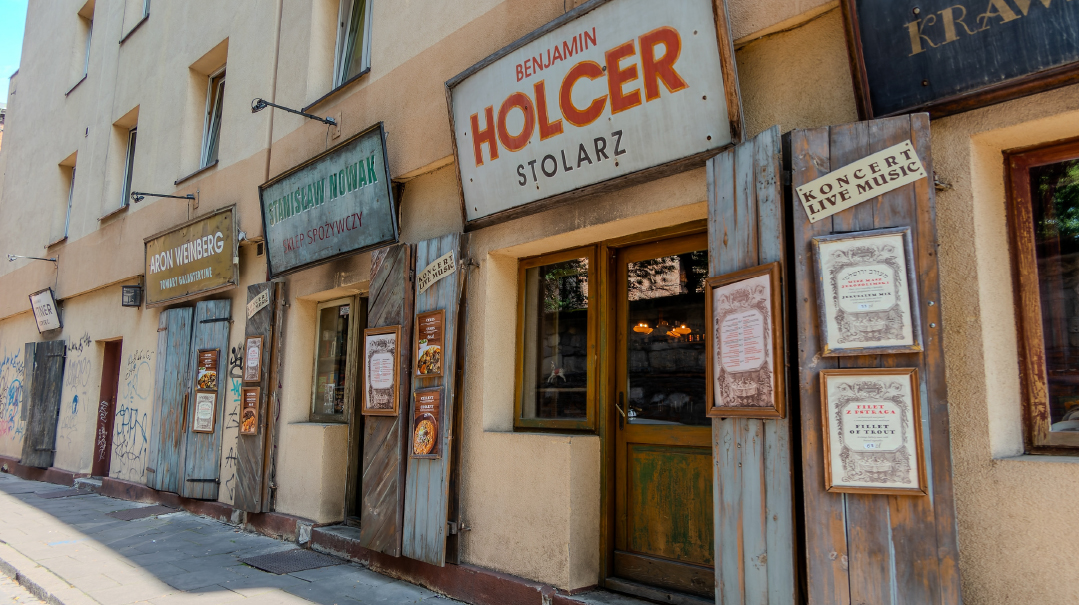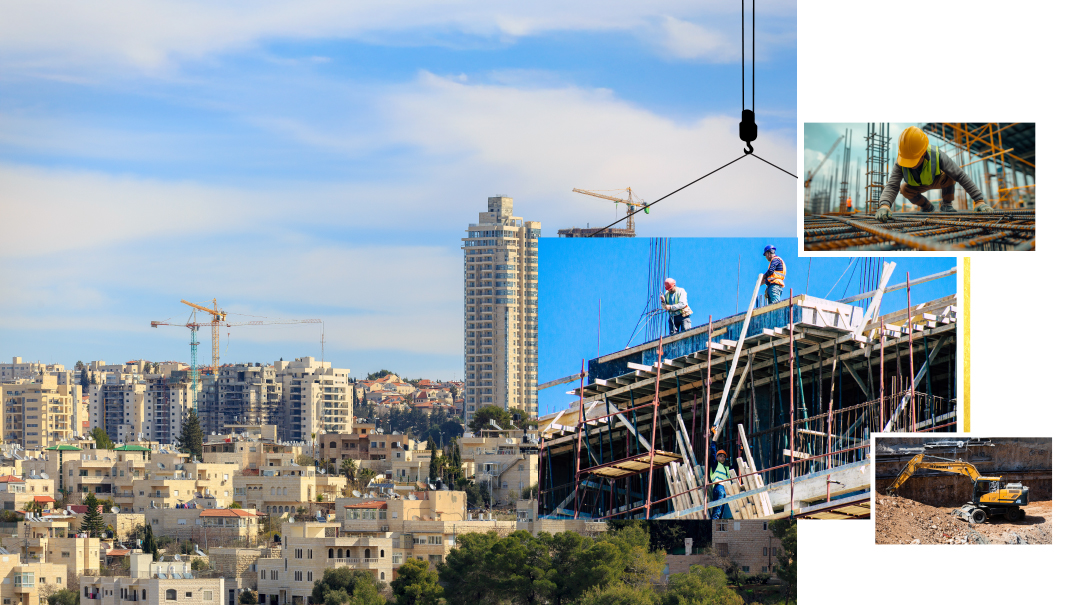Survival on a Promise
| February 18, 2025What happened to the Aleppo's historic Jewish sites, including the Great Synagogue of Aleppo?

Photos: Sephardic Heritage Museum
Aleppo once boasted a glorious Jewish presence, yet decades of tyranny and violence drove virtually all its Jews to safer shores. But the hasty exit of Syrian dictator Bashar al-Assad leaves open some gaping questions: What happened to the city’s historic Jewish sites, including the Great Synagogue of Aleppo?
Aleppo, Syria was a stronghold of Torah and avodah for centuries, until a tyrannic regime forced the Halabi community to flee. But Aleppo lives on within their hearts, and they still hold tight to their traditions, customs, and the memories of the Great Synagogue.
Haret al-Yahud, (Jewish Quarter) Aleppo, Syria, 1840
The footfalls of a lone nocturnal visitor echoed through the silent streets as the great city slept. Turning into a narrow alley off Al-Mutanabbi Street, the man entered the Haret al-Yahud, walked past the ancient tombs and crypts, and looked up at the imposing, beautiful building that loomed before him, silhouetted against the moon. As he approached the heavy, wrought-iron doors guarding the main entrance, he took a deep breath, raised his knuckles, and knocked softly.
Before leaving to the synagogue, his host had instructed him on the community tradition: The first living person to arrive, morning or night, must knock respectfully before entering, for the souls of Tannaim and Amoraim, as well as rabbanim who had belonged to the community throughout its 2,500-year history — most of whom were buried nearby — were surely studying in the batei medrash within. Thus the first person to enter was required to give advance notice of the arrival of the living.
The visitor pushed open the gates… and was greeted by an explosion of sound and light.
The roar of Torah studied with vigor borne of thousands of years of mesorah resounded through the room, and the eyes of the men poring over holy scrolls blazed with light, reflecting the hundreds of candles in the hall.
The city might have been asleep, but the Syrian Jewish community of Aleppo was wide awake. Scattered through the beit knesset, groups of men divided into haburot were studying Torah. In one corner, a group delved into the Zohar, another studied Talmud with Rishonim, while a third pored over the Shulhan Aruch. Rav Mordechai Labaton led a shiur in Tur, while Chief Rabbi Abraham Antebi taught another class. Here a group of men learned kabbalistic secrets and mussar from Reishit Hochmah, and there they were studying the same from Kad Hakemah.
Rabbi Yaakov Zev, the aforementioned traveler, an Ashkenazi tourist who visited Aleppo in 1840, recorded his impressions in his journal, A Description of the Community in Aram Soba and the Surrounding Communities in the Early 5600s. He describes how Rabbi Yeshaya Dayan, one of the leaders of the community, would awaken all the men in the Bahsita neighborhood surrounding the synagogue each night at midnight. Everyone joined, without exception, and they would learn till dawn, when they would pray Shaharit and then go to work.
For centuries, the Syrian Jewish kehillah, (or the Halabi community in the local vernacular) was an unparalleled citadel of Torah, mesorah, and avodah. It was built around rabbanim like the Dayan family, whose genealogy dates back 85 generations to Dovid Hamelech and Rabi Yehuda Hanasi. For hundreds of years, it was home to the famed Aleppo Codex, a Tanach believed by the community to be written by Ezra Hasofer. And at its center stood the Great Synagogue of Aleppo, with a legend of indestructibility predating even the First Beit Hamikdash.
But while Aleppo once boasted a glorious Jewish presence, decades of tyranny and violence in the region exacted a toll and the last hundred years saw the silent flight of all its Jews to safer shores. By about 1992, the Great Synagogue stood silent, bearing only mute witness to a glorious past. But following the hasty exit of Syrian dictator Bashar al-Assad in November 2024, and the simultaneous dismantling of Russian military bases around the country, the smoke and clouds of war have begun to dissipate, leaving gaping questions in their wake.
What happened to Aleppo’s holy sites — the historic batei knesset, ancient cemeteries, and other mekomot kedoshim? Where are the sifrei Torah, kitvei yad, and sifrei kodesh of the kehillah? After all the turmoil, what is left of that bastion of Torah and avodah that Rabbi Zev described — the Great Synagogue of Aleppo?
Oops! We could not locate your form.







